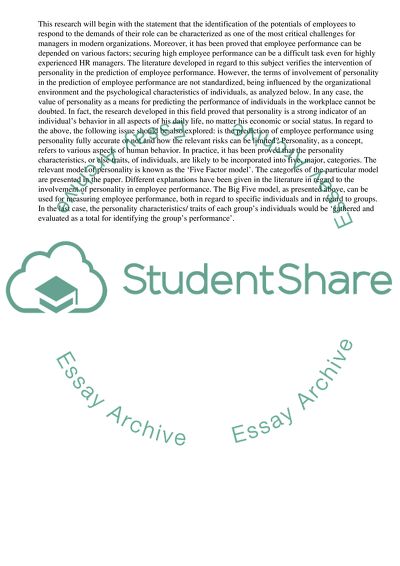Cite this document
(“To What Extent Does Personality Predict Employee Performance Essay”, n.d.)
To What Extent Does Personality Predict Employee Performance Essay. Retrieved from https://studentshare.org/management/1648157-to-what-extent-does-personality-predict-empolyee-performance
To What Extent Does Personality Predict Employee Performance Essay. Retrieved from https://studentshare.org/management/1648157-to-what-extent-does-personality-predict-empolyee-performance
(To What Extent Does Personality Predict Employee Performance Essay)
To What Extent Does Personality Predict Employee Performance Essay. https://studentshare.org/management/1648157-to-what-extent-does-personality-predict-empolyee-performance.
To What Extent Does Personality Predict Employee Performance Essay. https://studentshare.org/management/1648157-to-what-extent-does-personality-predict-empolyee-performance.
“To What Extent Does Personality Predict Employee Performance Essay”, n.d. https://studentshare.org/management/1648157-to-what-extent-does-personality-predict-empolyee-performance.


